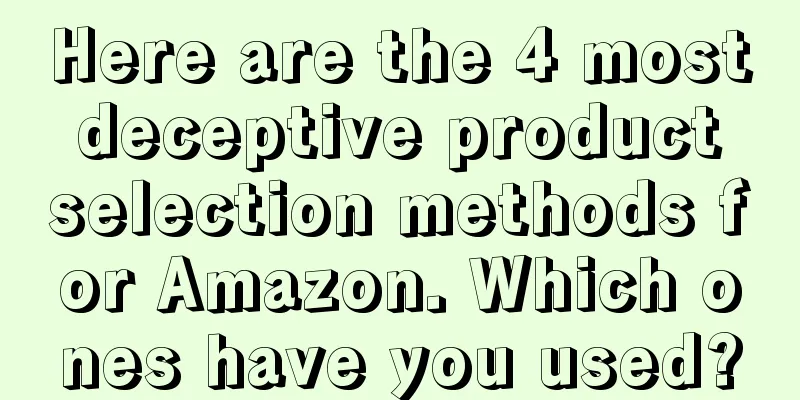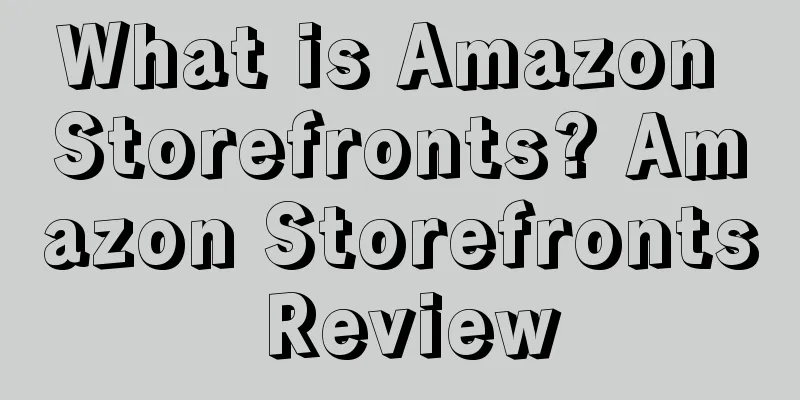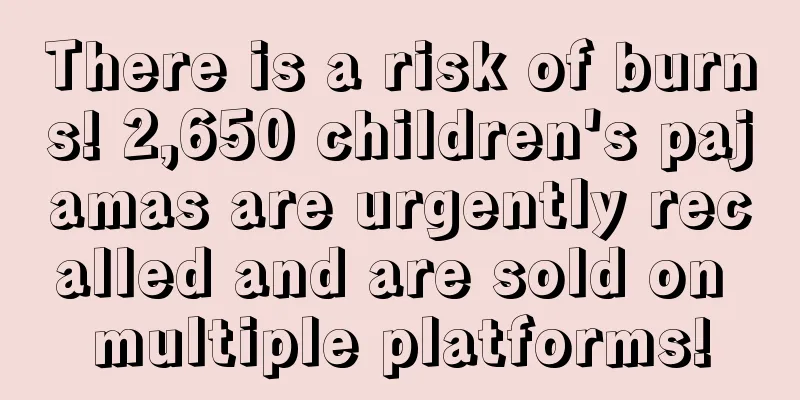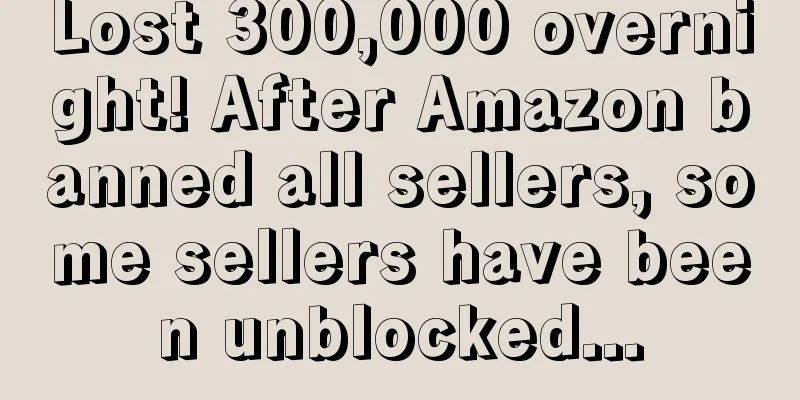Competing to open up to third parties, vertical B2C platforms in the United States are on the rise

|
According to the latest report from Modern Retail, in the United States, some vertical category retailers are opening up to third-party sellers to build vertical category B2C e-commerce platforms. The influx of these e-commerce platforms may change the industry landscape, but it also brings new opportunities for cross-border sellers. Some of the first physical retailers to launch online marketplaces were large retailers such as Target and Walmart, but now vertical retailers from all walks of life have also begun to launch marketplace platforms to compete with large e-commerce platforms in their vertical fields. Although there are many risks in launching third-party marketplace platforms, if handled properly, it will benefit both the platform and the third party. The technical foundation is mature, and vertical e-commerce platforms are beginning to emerge Last July, US stationery retailer PaperlessPost launched a third-party online marketplace. In January this year, David's Bridal launched the Pearl marketplace platform, allowing third parties to join and help brides find services such as venues, photographers and caterers. Recently, Michaels, an American arts and crafts retailer, also announced the launch of a third-party e-commerce platform. The number of third-party products on the platform currently exceeds 750,000. The emergence of these platforms is mainly due to the maturity of the technical foundation. Today, more and more technology suppliers can help retailers build B2C e-commerce platforms, such as third-party software-as-a-service solutions Mirakl and BigCommerce, and the cost of building a platform is getting lower and lower. The brand reputation of these vertical retailers in their respective sectors gives them an advantage over large e-commerce platforms, which is difficult for platforms such as Amazon to achieve. Michaels, for example, has brought together sellers in the arts and crafts category, including those selling art supplies, journaling products, and baking supplies, among others. Meanwhile, independent furniture retailer Mathis Home launched its own marketplace in December, aiming to be a one-stop shop for home goods. Some retailers are using marketplaces to add peripheral products. For example, 1-800-Flowers.com focuses on flower arrangements, but is expanding further into the gifting space through its marketplace Gifts & More, which features gifts from local sellers.
Opportunities and risks of vertical e-commerce platforms For third-party sellers, joining vertical e-commerce platforms presents both opportunities and challenges. First, vertical e-commerce platforms face less competition, making it easier for sellers to seize market share. Second, smaller platforms have lower sales commissions and advertising fees than platforms such as Amazon and Walmart, and their audiences are more precise. It is reported that opening up third parties has more than quadrupled Michaels' online product categories. Michaels does not charge subscription fees or listing fees, but instead provides sellers with a standard sales commission rate. On David's Bridal's Pearl Marketplace, third-party sellers need to pay fees ranging from $49 to $119 per month. But at the same time, the quality of third-party sellers’ products directly affects the reputation of these vertical e-commerce platforms, which in turn will affect the sales of third-party sellers. Currently, arts and crafts retailer Michaels restricts third-party sellers to its platform by invitation only. Although the threshold is high, it ensures a competitive environment on the platform to a certain extent. Overall, if handled properly, both vertical retailers and third-party sellers can benefit from this solution, with retailers being able to expand their consumer experience and sellers being able to gain market share on a less competitive and more level playing field. Editor✎ Ashley/ Disclaimer: This article is copyrighted and may not be reproduced without permission. |
<<: How does the Silicon Valley Bank collapse crisis affect the e-commerce market?
>>: U.S. inflation cools more than expected, online item prices fall for 6 consecutive months
Recommend
What is White Whale? White Whale Review
Baijing Overseas is a comprehensive service platfo...
American Eagle Outfitters acquires robotic logistics company Quiet Logistics! Optimize the supply chain again!
It is learned that according to foreign media repo...
What is SOJOS? SOJOS Review
SOJOS is a Wenzhou foreign trade enterprise specia...
Shenzhen Port was hit hard! Just now, Hong Kong officially implemented...
Recently, a piece of news has caused mainland shi...
Amazon MWS service settings, Seller ID acquisition
1. What is MWS? Amazon Marketplace Web Service (MW...
What is free shipping for orders under $10? Free shipping for orders under $10 Review
Amazon launched a $10 offer on its mobile app and ...
Amazon starts to shrink its FBA business! Is there an oversupply of warehouse capacity?
Amazon recently announced a new move for FBA, whic...
What is KWFinder? KWFinder Review
KWFinder is a keyword research tool that can help ...
Valentine's Day 2020 is coming, collect this popular product data
The annual Valentine's Day is here again, and...
Walmart invests $118 million to build high-tech warehouse in Canada! Storage capacity exceeds 500,000 items!
It is learned that the construction of Walmart Can...
Walmart will launch two new AR features to improve buyers' online and offline shopping experience!
Walmart has recently launched two new augmented re...
What is JioMart? JioMart Review
JioMart is an online retail service launched by Re...
What is AMZ Magic Wheel? AMZ Magic Wheel Review
AMZ Magic Wheel (https://amzmo.com) is a product s...
What is Booktopia? Booktopia Review
Booktopia is a very famous book website in Austral...
Collect all the bits and pieces about Amazon reviews now! The big boss is here
Let’s first talk about the environment of the Amaz...









